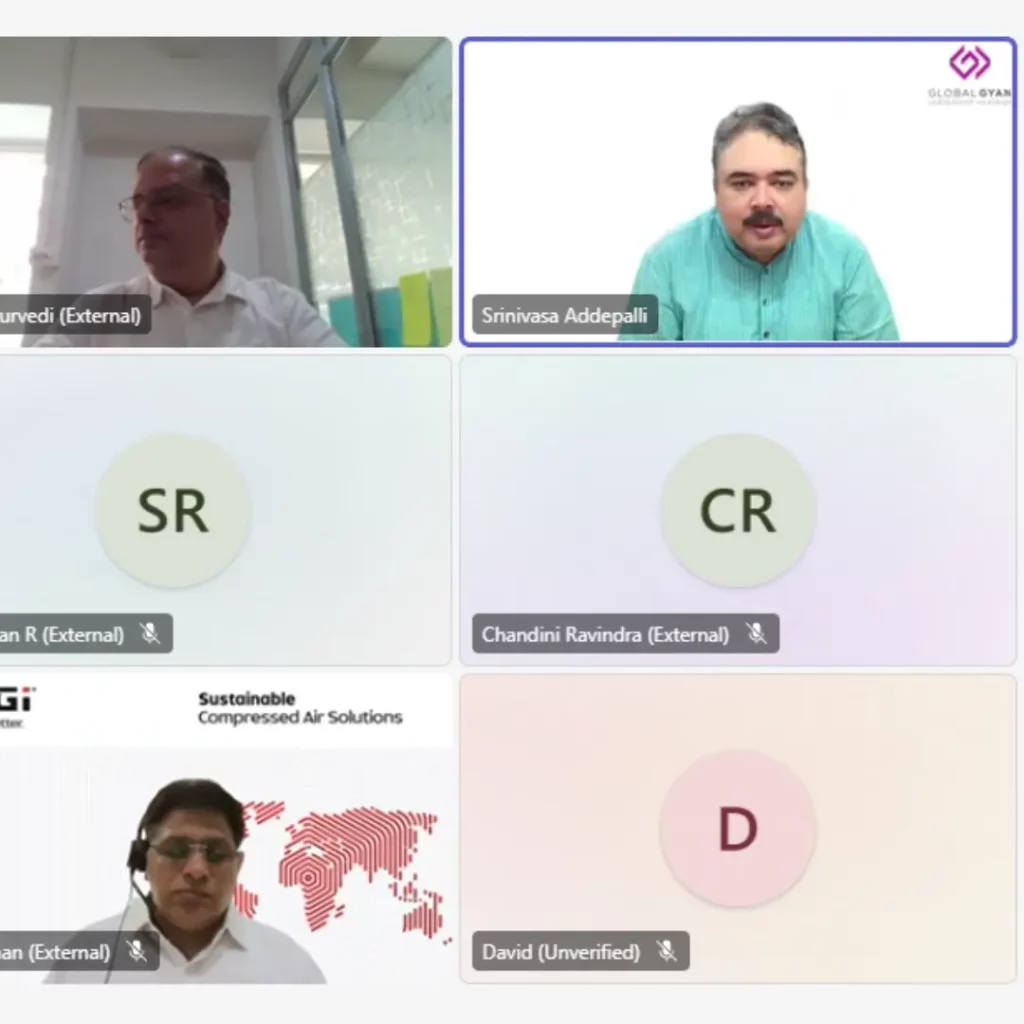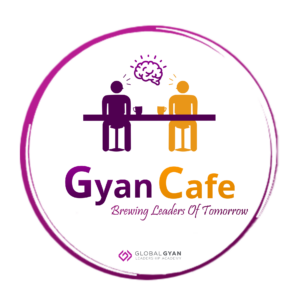Why are Indian Ed-techs taking a U-turn?
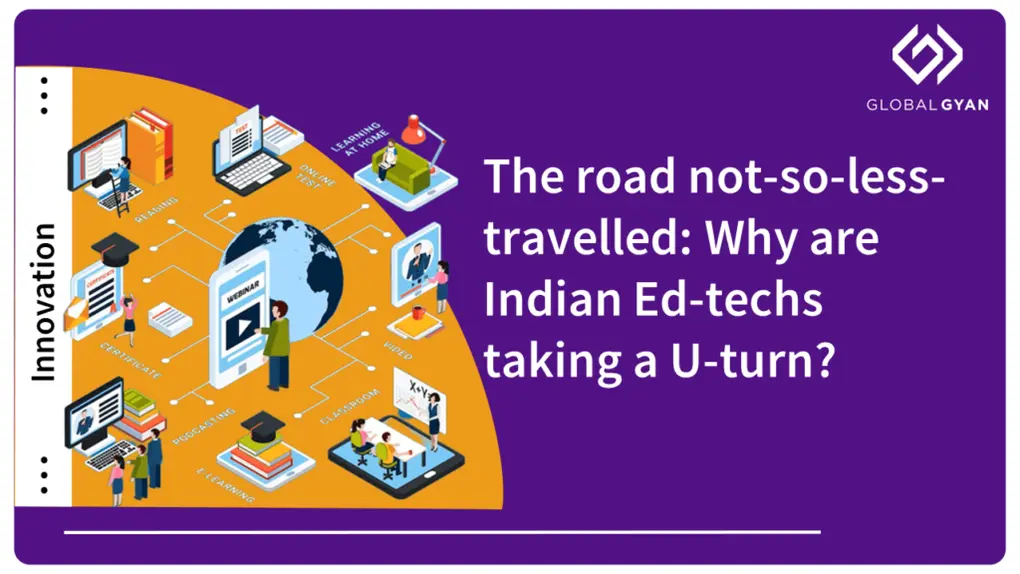
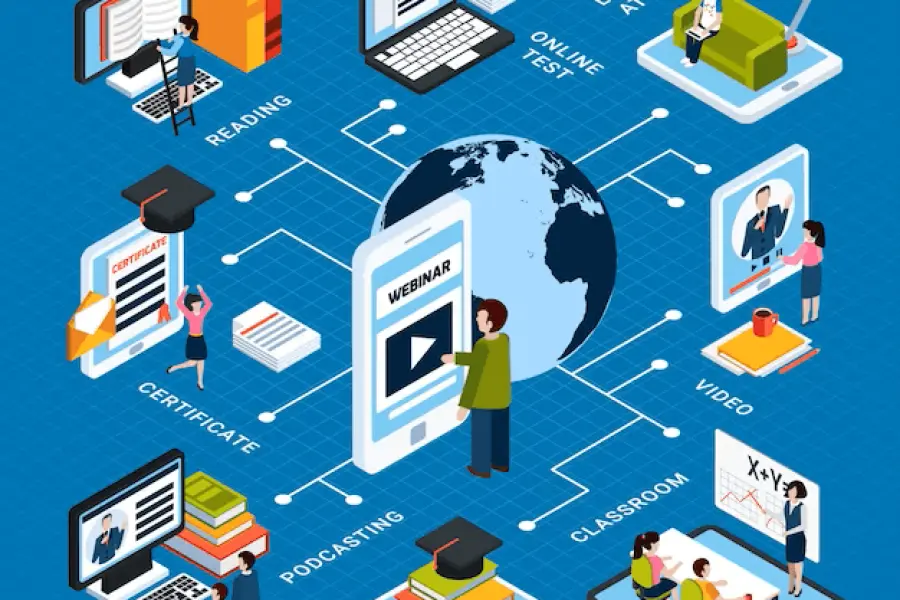
Just when you thought classrooms are migrating online and virtual is the new reality, life throws you another curveball. Wondering what that is? Read on.
We’re hearing whispers of ed-tech giants taking the plunge back into the offline world!
As you may have read, India’s been making big waves in the education space, especially with the booming ed-tech industry. Our morning decafs are usually incomplete without reading about how an ed-tech behemoth acquired an up-and-coming venture.
A Redseer Consulting report claims that by 2025, the online education market could reach a whopping $5 billion! And considering how Indian parents revere education, we bet we’ll be seeing even more success stories in the media if companies can really step up and deliver on their promises to students. Cool, right?
There’s more to the story.
Indian ed-tech startups took the world by storm in 2020. According to a report by IVCA and PGA Labs, the Indian ed-tech industry raked in a whopping $2.22 billion profits, up from a modest $553 million the year before. And get this: 92 of these startups got a good chunk of that funding pie. Out of them, 61 were fresh faces, just starting out with seed money. Pretty wild, right?
Ed-tech firms back in 2019-20 went all in with their next-level marketing tactics. What’s interesting to see here is that once the big money started pouring in, leading players didn’t just save it all up like their predecessors; they actually lived it up!
Everywhere you looked – marketing blitzes, cutting-edge tech, aggressive sales campaigns – they were at it 24×7. Their eyes were set on one thing: winning over customers, and doing it faster than anyone else. It was like a gold rush, with everyone trying to strike when the iron was still hot. But there’s an old saying: “What goes up must come back down”. So, by 2022, the hangover was beginning to set in.
The ed-tech world, which was the rage during the pandemic, was now getting a reality check, with classrooms coming back to life. Ed-tech stars like PhysicsWalla and Utkarsh Classes, once the digital world’s favourites, were now contemplating taking the good ol’ physical approach.
Big names like Byju’s, UpGrad and Vedantu were also jumping on the “real-world” bandwagon, trying to set up their own physical hubs.
Byuj’s opened 80 tuition centres, spread across 23 cities in the post-pandemic era. By 2022, the company had plans to expand to at least 200 cities.Vedantu, backed by Tiger Global, planned to roll out a similar strategy. PhysicsWallah, a recent unicorn, and Unacademy, an online learning platform, were also expanding their offline centres.
Suffice to say that everyone was jumping on the “real-world” bandwagon.
“We’re seeing a reset in the ed-tech scene. Layoffs? Yep, they’re up. But this whole ‘returning to classrooms’ isn’t a meltdown. It’s just the next step”.
-Narayanan Ramaswamy, National Head for Education and Skill Development Services, KPMG India.
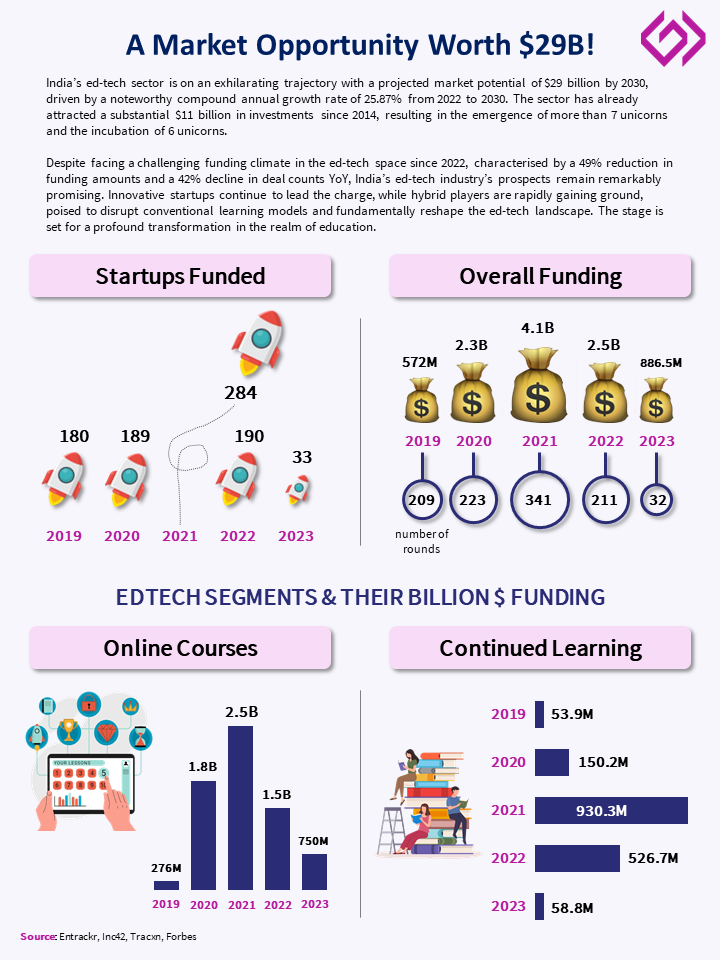
In this article, we will cover:
An Unforeseen Plot-Twist Derails Ambitions
A shocking PwC report titled ‘Startup Deals Tracker — Q2 CY22’ painted the real picture for the awe-stricken onlookers. Funding for our Indian ed-tech buddies had taken a 50% nosedive in Q2 CY22.
And the overall startup cash flow? Down by a staggering 40%.
It’s like a plot twist that nobody saw coming. With funds getting tighter, ed-tech players were now sharpening their pencils and getting back to the drawing board in the hope of meeting those profitability goals. Vedantu CEO, Vamsi Krishna, had an interesting take on this development, “Sure, offline classes might be a bit pricier, but folks know good education when they see it. We’ve priced smart, stayed competitive, and guess what? We’re still pocketing some decent change”.
Is this doomsday for the modern digital learning era?
Optimists believe that this does not signify the end of ed-tech, which is driven by a strong value proposition. Given the frenzied start of the pandemic, a little correction was bound to happen. While some companies might be having a tough time right now, let’s not write off the whole industry just yet.
Vamsi Krishna told Quartz, “Ed-tech bridges that gap between students and top-notch teaching, especially in far-flung areas. The thing with offline classes is they’re bound by where they’re located and the teachers available there. So, until we can magically make quality education accessible everywhere offline, ed-tech’s got a bright future”.
That being said, we can’t turn a blind eye to the challenges of virtual education. Think about it: reduced interaction with classmates, potential hurdles in developing social skills, dubious internet access, and restricted means to obtain the requisite software or gadgets.
It’s not all doom and gloom, though. Perks like tailored lessons, catering to different learning styles, and inclusivity certainly add to the appeal. And let’s not forget – it’s often lighter on the wallet.
However, there’s a real craving for the classic classroom vibe. A LocalCircles survey recently dropped a bombshell: 75% of parents around the world are keen on getting their kids back to physical classes in the post-pandemic era. Online is cool, but it’s got its hiccups. Missing out on the real chit-chat, face-to-face guidance, and that personal touch of a teacher? Yes, an actual classroom brings all that jazz back.
In toto, we’re seeing a pattern emerge: first, digital tries to beat traditional, then traditional goes digital! It’s like the script of your favorite superhero movie – you either go down fighting or live long enough to see yourself turn into the very thing you abhorred.
It’s the ebb and flow of tech companies in the education space. Some of these giants, worth billions, knocked it out of the park in the two years that the world hibernated. But after the pandemic, it looks like they’re swapping places. While giants like Byju’s and Unacademy are setting up physical centres, old-school champs like Allen are embracing the online route.
Hybrid Learning: A Fad or the Future?
Now that companies have had enough time to analyse the pros and cons of online learning and how the public views it, they are open to offering a hybrid model that combines both online and offline services. This way, they can cater to different needs and preferences and also increase their revenue, especially when the online market is getting increasingly competitive.
Several ed-tech firms, especially the big ones like Byju’s, Unacademy and Vedantu, raised a lot of money from investors in the last two years with the promise of reaching out to more students in smaller towns and villages with their virtual offerings.
However, they’re paying a heavy price for the promise now. “Certain segments of Indian ed-tech are now saturated. The market for $1,000 online K-12 tutoring courses or test prep is very crowded with Byju’s, Unacademy and Vedantu dominating”, said Wani of GSV Ventures.
So, what can they do to improve their value proposition?
They can start by adding more products and services, Wani said. Byju’s has set a precedent by buying smaller startups like Great Learning, Aakash and Epic. Unacademy has followed suit, although not as successfully. Another option is to go offline, Wani said.
“But going offline is not easy. It requires a lot of money and resources. Byju’s has raised billions in the last few years and is (standalone business) profitable—they have the luxury to deploy capital offline. Of course, small players and new challengers will find it very hard to compete in a hybrid way”, Wani added.
Ed-tech companies have invested heavily in technology, building offline and online infrastructure from scratch and hiring world-class educators, among other things. For instance, Byju’s has pledged to invest about $200 million in setting up offline tuition centres. Unacademy has spent over $12 million to hire 30 educators in Kota alone.
Working professionals tend to prefer online-only courses, with flexibility being a big draw. But young kids? They often need a guiding hand.
“For exams like JEE and NEET, it’s a different ballgame. Students have that itch to get outside and parents echo that”
– Guarav Munjal, CEO, Unacademy.
He hints that younger minds often need a tad more structure. Contrast that with folks prepping for the National Eligibility cum Entrance Test (for postgraduates), they’re usually seasoned pros who are self-driven.
Vedantu’s Krishna chips in, noting that many parents of K-12 students feel solo home study can be a tough gig. Their solution? Getting their young ones to an actual study centre.
End Note:
India’s got a lot of folks who prefer face-to-face learning but online’s made a lasting impression. So, the million-dollar question for these companies is: How can they blend both styles? By going hybrid i.e., offering a mix of both. Simple yet brilliant, right?
It seems that everyone is happy with the hybrid learning, for now anyway. Parents and students get the best of both worlds. Investors and founders get more revenue and growth opportunities.
But, there are a few questions that still persist:
How long will this last? Is hybrid learning the future of education? Or is it seen as a stopgap?
Only time will tell.
Until then, let us know what you think.



